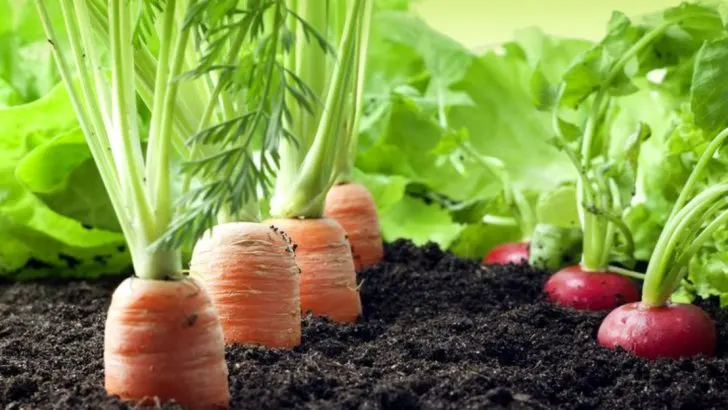Companion planting is a time-tested method for boosting your carrot harvest by creating a healthier growing environment and deterring pests naturally. In this article, we explore 14 of the best companion plants that work harmoniously with carrots to improve soil conditions, enhance nutrient uptake, and ward off common garden nuisances. Discover how these natural allies can help you achieve a bigger, more bountiful carrot crop in your garden!
Radishes
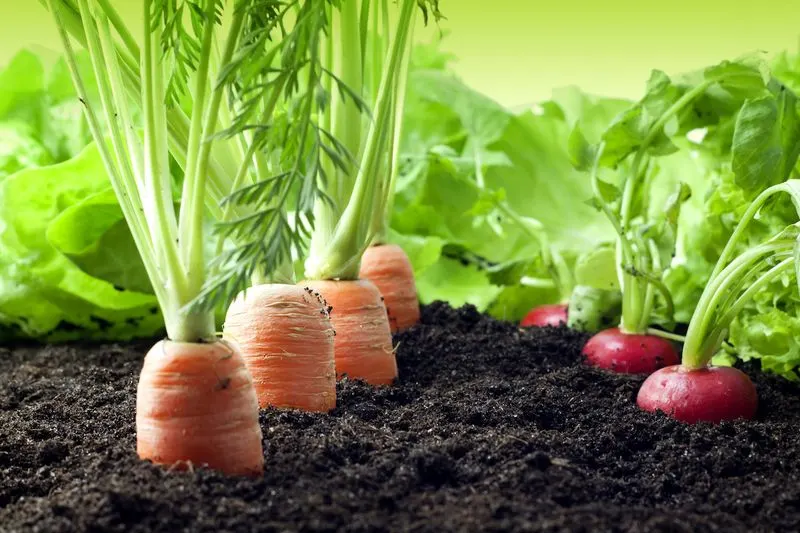
Radishes mature quickly, which helps to break the soil for slower-growing carrots. This early harvest strategy allows more room for carrots to thrive beneath the soil surface. As radishes reach maturity, they naturally create space, eliminating competition for nutrients. By using radishes as a ground-breaking tool, they enhance the overall structure and aeration of the soil. This method is particularly useful in compacted or heavy soils. In addition to these benefits, radishes can also repel certain pests that target carrots, acting as a natural barrier and promoting healthier growth.
Onions
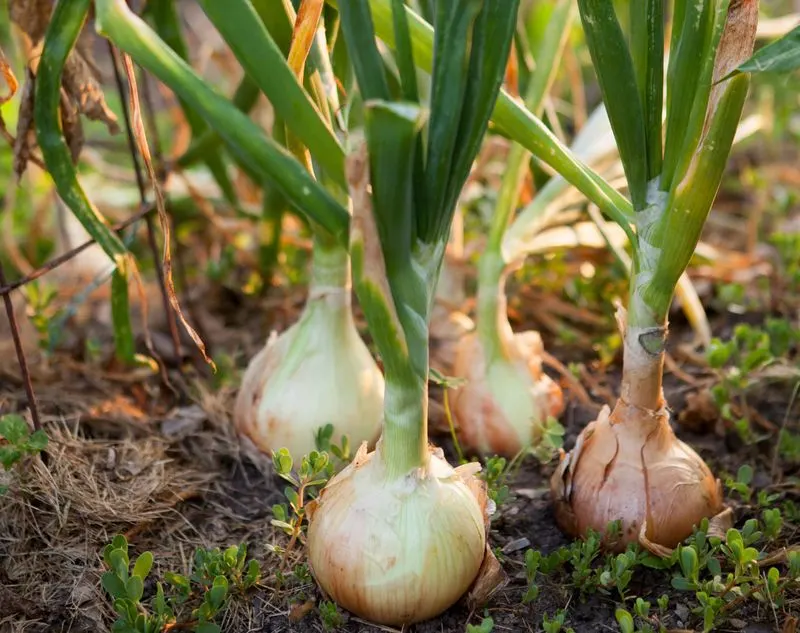
Onions are a gardener’s ally when it comes to repelling pests such as carrot flies. Their strong scent masks the aroma of carrots, confusing potential threats. Planting onions beside carrots can drastically reduce pest damage, leading to a fuller, healthier crop. These two plants can coexist peacefully, as onions do not compete heavily for nutrients. Instead, they benefit from a symbiotic relationship, where carrots enjoy a pest-free environment while onions have space to grow. This combination is simple yet effective, promoting a robust garden ecosystem.
Lettuce
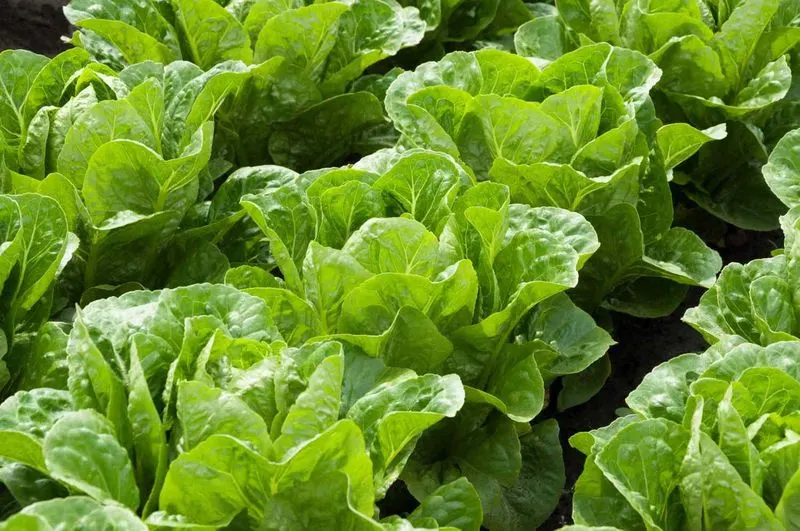
Lettuce provides excellent ground cover, helping to retain moisture and suppress weeds around carrot plants. Its shallow roots don’t interfere with deeper carrot roots, allowing both to flourish. By keeping the soil cool and moist, lettuce enhances the growing conditions for carrots, particularly during warmer months. This pairing not only optimizes space but also ensures that carrots are not competing with aggressive root systems. Gardeners find this duo to be a practical choice, as it leads to efficient use of garden space and resources, making it ideal for limited spaces.
Tomatoes
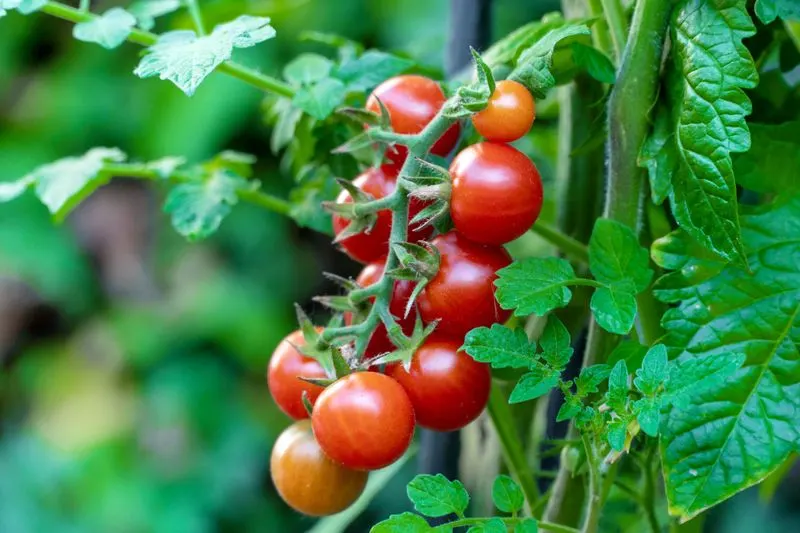
Tomatoes and carrots form a dynamic duo in the garden, as tomatoes provide partial shade, which can protect young carrot plants from scorching sun. This shading effect is beneficial during hot summer days, reducing the risk of wilting. Moreover, tomatoes do not compete for the same nutrients as carrots, allowing both to grow without hindrance. The towering tomato plants act as natural protectors, ensuring that carrots develop sweetly underground. This partnership results in a harmonious garden environment where both crops can reach their full potential.
Chives
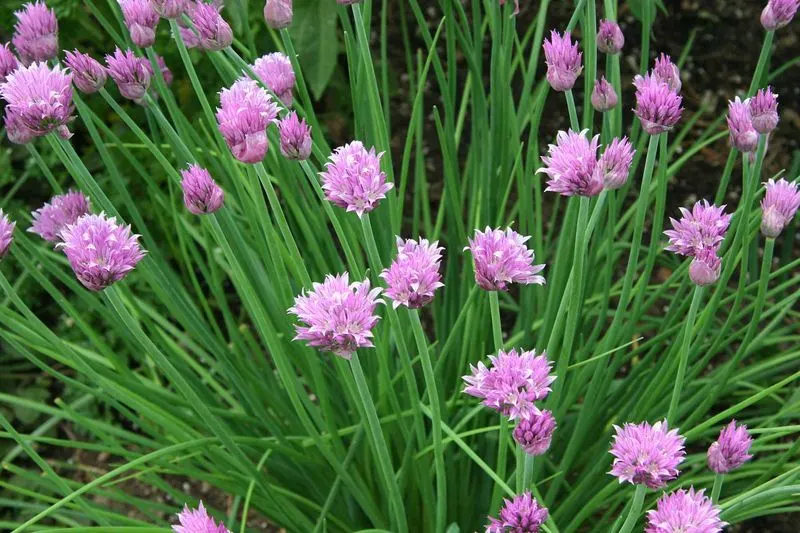
Chives are known for their ability to deter insects that can damage carrot crops, such as aphids. Their pungent odor confuses these pests, reducing their ability to locate carrots. Besides acting as a pest repellent, chives also enhance the flavor of carrots when grown together, providing a subtle yet noticeable taste improvement. This relationship is particularly beneficial in organic gardens where chemical pesticides are avoided. Chives are easy to grow and maintain, making them a great addition to any carrot patch, enhancing both yield and quality.
Sage
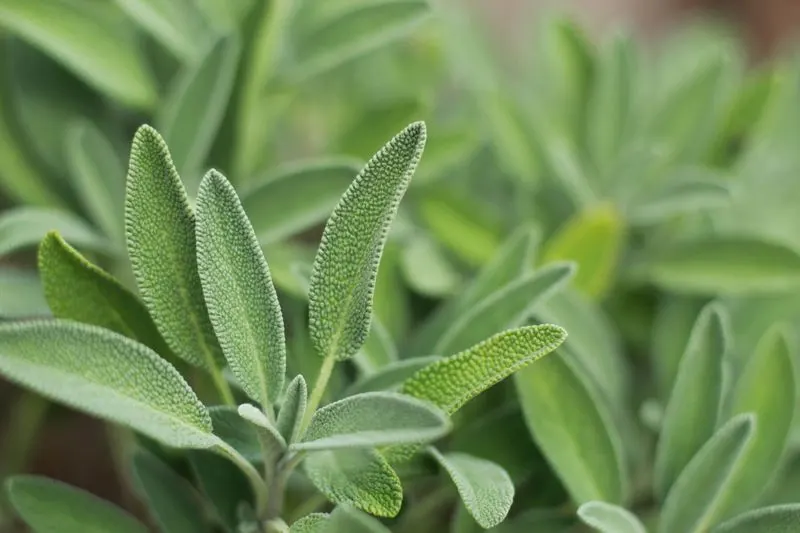
Sage is an excellent companion for carrots, offering pest-repelling properties that naturally protect against carrot fly and other nuisances. The aromatic leaves of sage create a protective barrier, allowing carrots to grow without interference from pests. Gardeners appreciate this pairing because sage requires minimal care while providing maximum benefits. In addition to deterring pests, sage contributes to the overall health of the garden, promoting biodiversity. This herb’s resilience and protective nature make it a valuable ally in cultivating a productive carrot harvest.
Rosemary
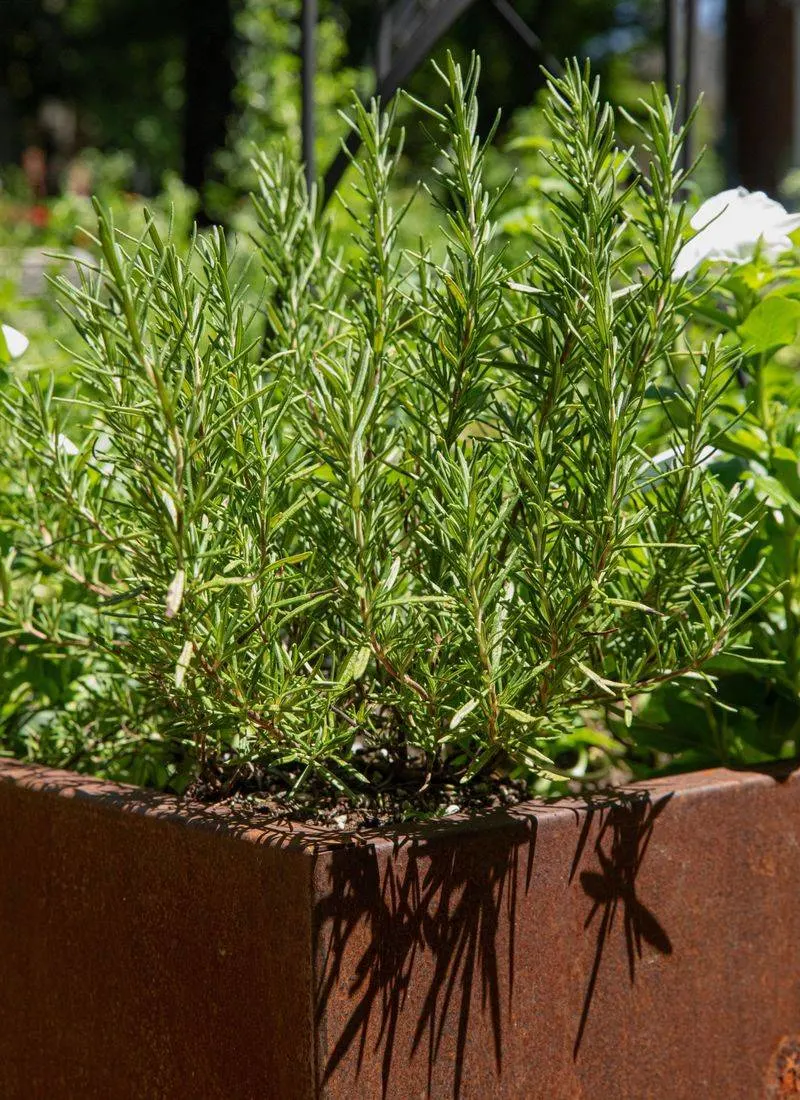
Rosemary’s strong aroma acts as a natural deterrent to many insects that could harm carrot plants. Its presence confuses pests, keeping them at bay, while the rosemary thrives without competing for resources. This aromatic herb not only protects but also attracts pollinators, enhancing garden biodiversity. In climates with long, hot summers, rosemary provides partial shade, helping to maintain ideal soil temperatures for carrots. This partnership exemplifies how strategic plant combinations can enhance garden success, offering both protection and an inviting environment for beneficial insects.
Leeks
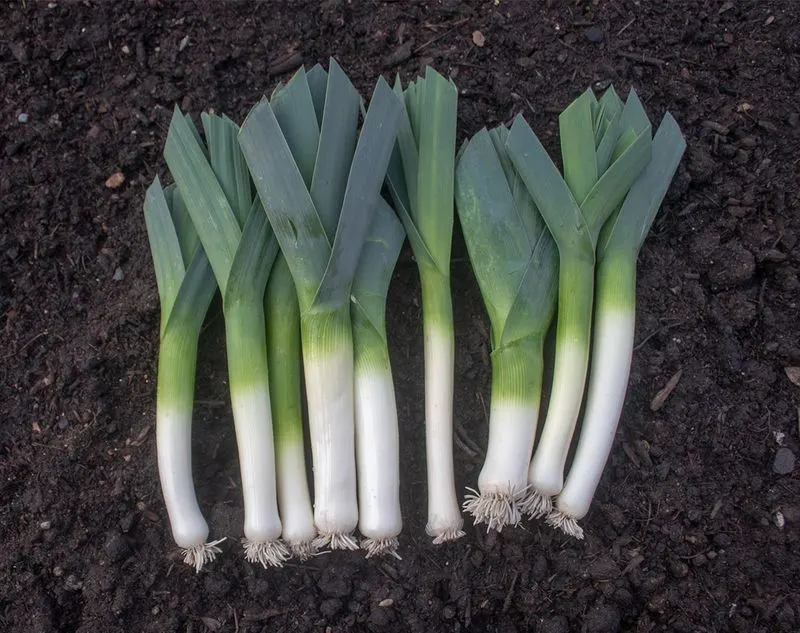
Leeks and carrots make a compatible pair, as leeks’ strong smell deters carrot flies. This natural pest control method is both simple and effective, reducing the need for chemical interventions. Leeks grow upward, leaving ample space for carrots to develop below ground, ensuring both plants thrive without competition. By planting leeks beside carrots, gardeners can enjoy a bountiful harvest of both vegetables. This combination represents efficient land use, as it maximizes space and minimizes pest-related issues, leading to healthier, more productive gardens.
Nasturtiums
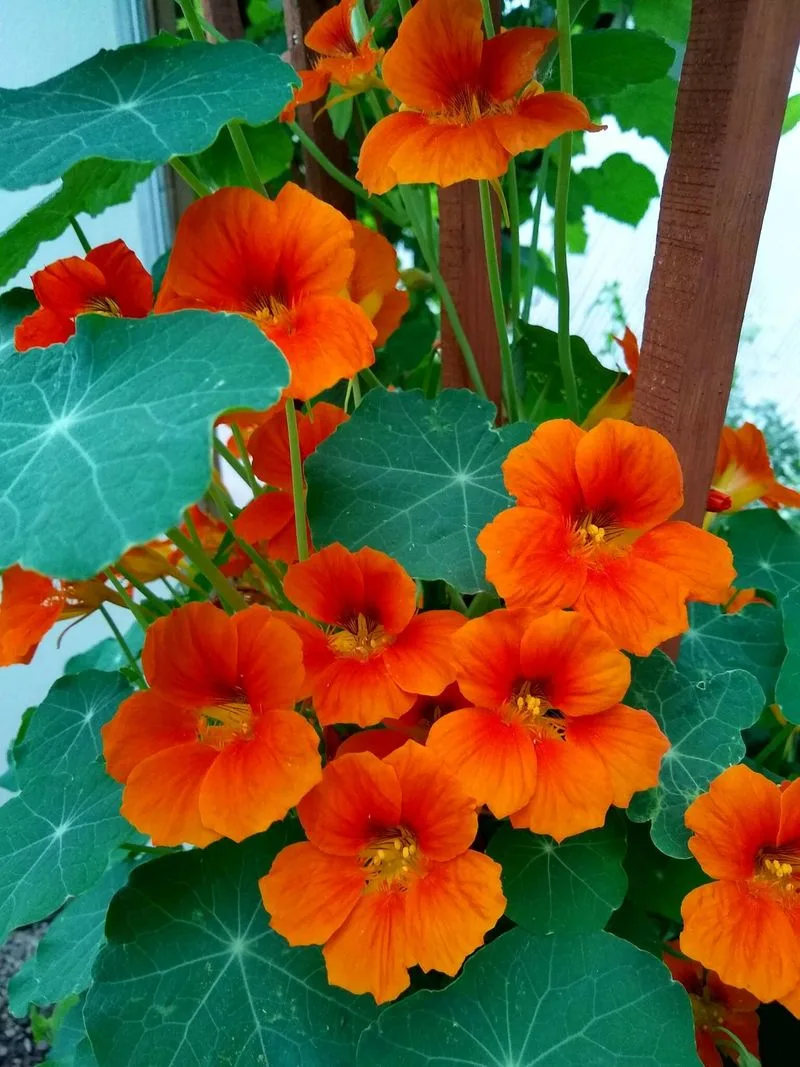
Nasturtiums are a gardener’s friend, offering both aesthetic beauty and practical benefits when paired with carrots. These flowers attract aphids away from carrots, acting as a natural trap crop. By luring pests, nasturtiums protect the more vulnerable carrot plants. Additionally, their bright blooms add splashes of color to any garden, making them a favorite among gardeners. This pairing not only beautifies the garden but also creates a balanced ecosystem where pests are managed naturally. The easy cultivation of nasturtiums complements the carrot’s growth, resulting in a flourishing garden.
Parsley
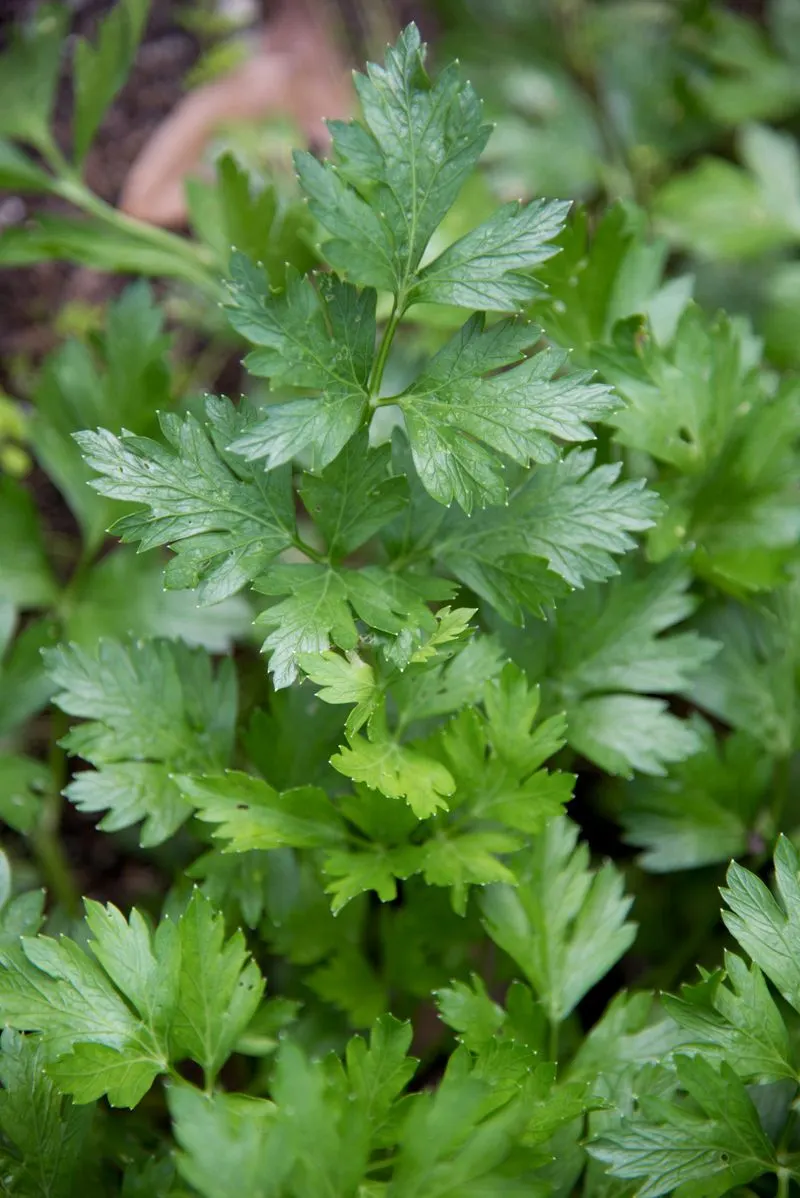
Parsley is more than just a garnish; in the garden, it plays a supportive role for carrots. This herb attracts beneficial insects like hoverflies and ladybugs, which prey on aphids and other pests. By fostering a population of these predators, carrots are indirectly protected. Furthermore, parsley’s presence enhances soil health, contributing to a more vibrant carrot crop. Gardeners value this companionship, as it encourages a thriving environment with minimal intervention. The mutual benefits of this pairing are evident in the healthier, pest-free carrot harvests that result.
Peas
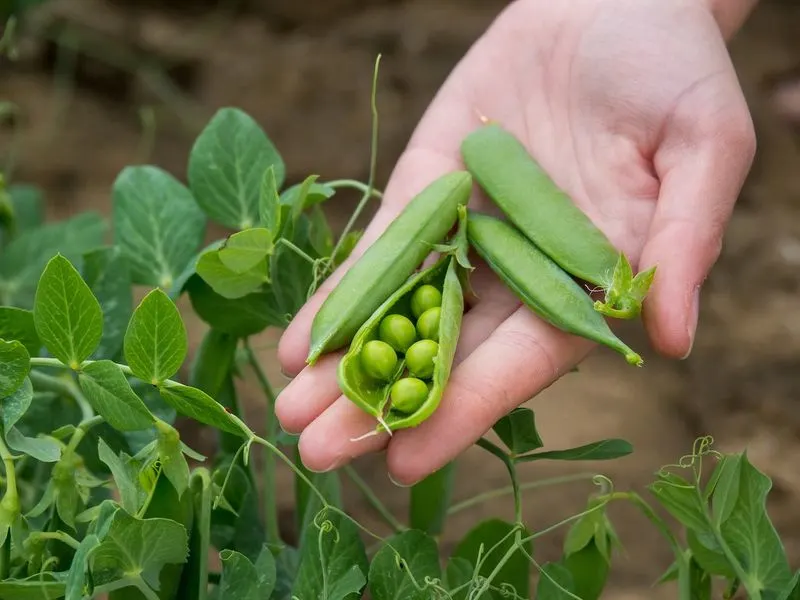
Peas are nitrogen-fixing plants, meaning they enrich the soil with essential nutrients that benefit carrots. As peas grow, they convert atmospheric nitrogen into a form accessible to other plants. This natural fertilization boosts carrot growth, resulting in a more robust crop. In addition to improving soil fertility, pea plants offer climbing stalks that provide structural support in the garden. Gardeners who incorporate peas into their carrot beds often notice increased yields and healthier plants. This symbiotic relationship demonstrates the power of pairing plants to enhance garden productivity.
Garlic
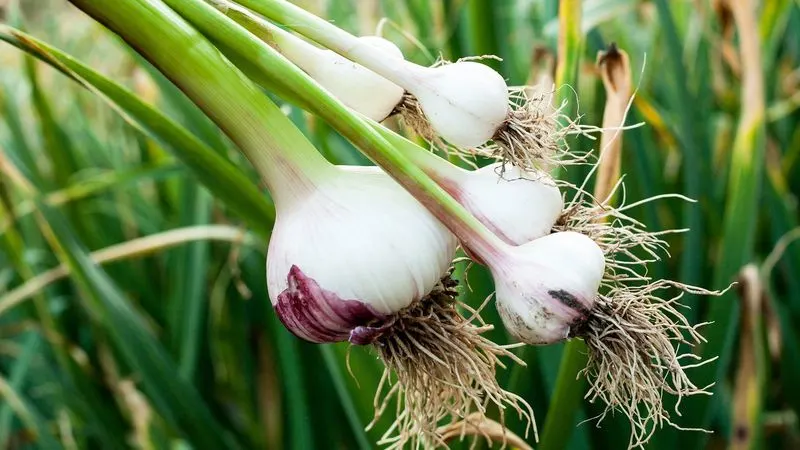
Garlic’s pungent aroma is a powerful pest deterrent, particularly against carrot flies. By planting garlic near carrots, gardeners can minimize pest damage and ensure healthier crops. Garlic is a low-maintenance plant that thrives in similar conditions to carrots, making it an ideal companion. Additionally, garlic’s natural properties can enhance the flavor and aroma of carrots, creating a culinary delight. This duo is known for its mutual benefits, as garlic protects while carrots provide a suitable growing environment. The result is a productive and harmonious garden.
Marigolds
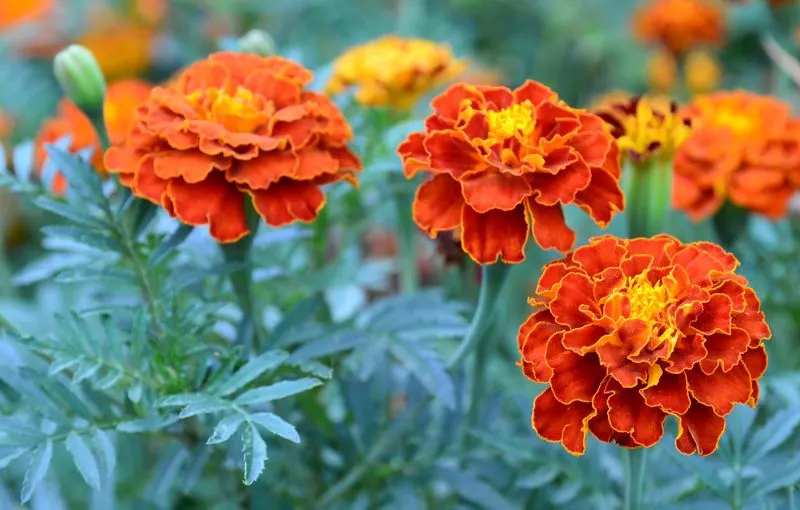
Marigolds are celebrated for their pest-repelling capabilities, particularly against nematodes that can harm carrot roots. Their vibrant flowers attract beneficial insects, promoting a balanced garden ecosystem. When grown alongside carrots, marigolds provide a colorful border that enhances garden aesthetics while protecting crops. Gardeners often use marigolds as a natural companion to deter pests without the use of chemicals. This low-maintenance plant requires little care, yet offers significant advantages in terms of crop protection and visual appeal, making it a staple in many carrot gardens.
Dill
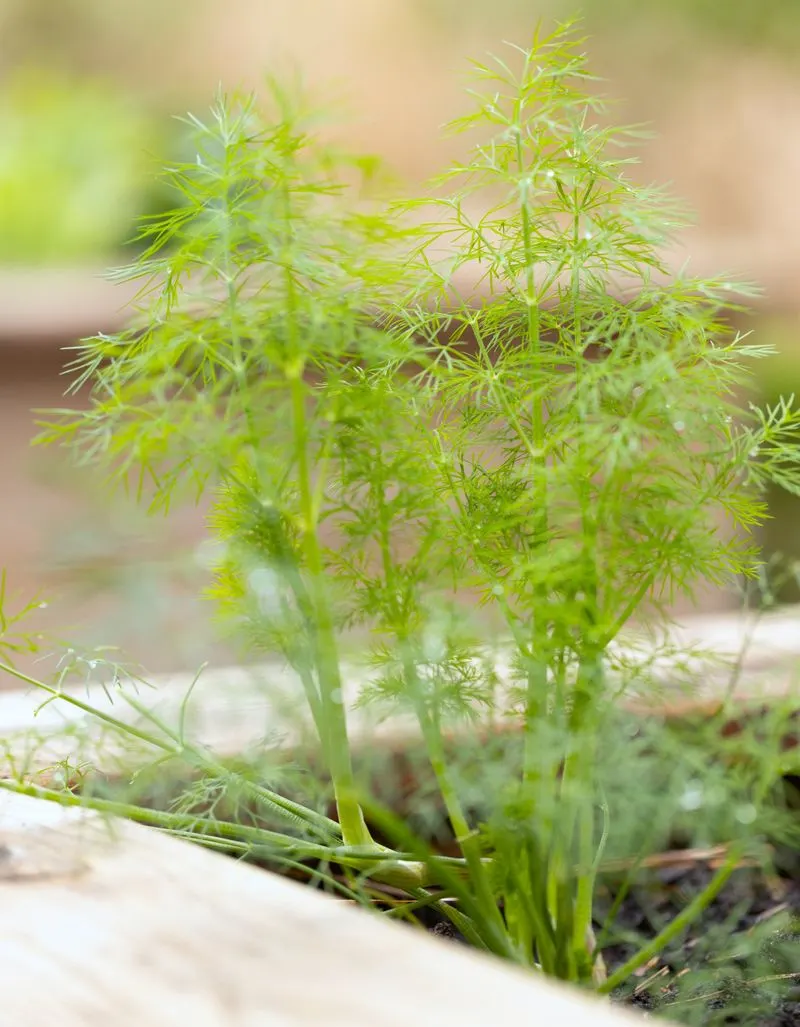
Dill attracts beneficial insects like ladybugs and parasitic wasps, which prey on aphids and other pests threatening carrots. Its tall, feathery foliage provides partial shade, helping to keep the soil cool and moist. This microclimate is ideal for carrot growth, ensuring they stay protected from the harshest sun. Dill’s presence in the garden creates a natural pest management system, reducing the need for interventions. Gardeners appreciate this combination for its simplicity and effectiveness, leading to healthier carrot plants and a more vibrant garden environment.

